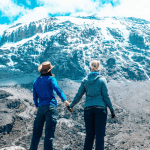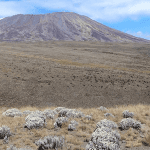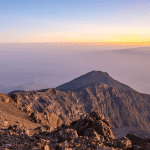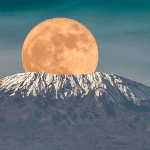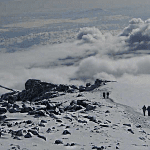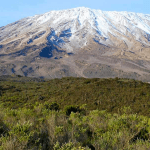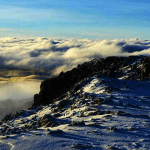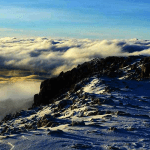Zanzibar—a place where you can find many white beaches, surrounded by the turquoise waters of the Indian Ocean. Its seasons and tides play a significant role where you can enjoy its beaches to their full glory.
Consider an island with its own little world. Islands float along in the ocean, bobbing in watery space. On the surface, they function as nearly autonomous from continents, and for this very reason, biologists and conservationists all drool over island biogeography to study them as finite microcosms for how we might be treating the rest of our home, our finite Earth.
Of the roughly 2,000 islands in the world today, Zanzibar in Tanzania might be one of the world’s most famous, exotic archipelagos on the planet. In many ways, Zanzibar is its own little world. It almost acts independently from mainland Tanzania, a function more of colonialism than of geography.
As you consider a vacation to Zanzibar’s paradise beaches, pungent spice orchards, and world-class diving reefs, remember this: you are entering an island world, complete with its own weather and tides.
The following post outlines all your need-to-know info on Zanzibar’s island idiosyncrasies: weather patterns, tides, and beaches. If you have only one shot at making memories on Zanzibar, better to know ahead of time when to go and what part of the island might be affected most by tides.
The Seasons and Tides in Zanzibar

Alright, first things first. No season claims totally off-limits on this lovely island. Sure, there are rainier months and drier months, but, much like other tropical places, rainstorms arrive any time of year, downpour, then turn into a glorious warm sunny day. Again, we are on island time. Here’s a month-by-month breakdown of weather and crowd control:
- January – February: Hot and Dry. A popular time to visit, especially for diving and snorkeling. Clear waters. This falls at the end of school holidays, and northern climates are cold.
- March – May: Main Rains, Crowd Free. This is considered Zanzibar’s low season. You’ll find more rain and humidity during this time, but fewer crowds.
- June – August: Dry, Cooler, Most Popular. These months are Zanzibar’s high season. You’ve just come out of the rainy season and into the cooler, dry months of spring.
- September – October: Summer vacation, lots of visitors. Still great weather.
- November – December: Short Rains. Zanzibar receives a more punctuated rainy season at the end of the year. Consider this a shoulder season with fewer travelers and better prices.
Tides and Swimming in Zanzibar
Ever wondered how tides work? Us too. Before we delve into the tidal ebbs and flows of Zanzibar, take a view of this 10-second explanation of tides .
Tides are integral to island life; they come with the territory. Within the Zanzibar archipelago, reefs protect these islands, while creating a rich, calm-watered buffer zone around the landmasses. And this is where you get turquoise waters, multicolored underwater creatures, and tidal variance.
Why do we tell you this? Because high and low tide can affect various beaches differently. Some of Zanzibar’s coastlines aren’t as affected by low tide, while other low tides will turn your swimming beach into a sandy spit for a few hours. Here are a few things to note:
North End = Less Tidal Change
Travel far north on Zanzibar and you’ll reach Nungwi. People rave about the beaches here, for good reason. You can avoid most of low tide’s retreat by choosing accommodation here.
East, South, and West = Low Tide
Whenever it’s low tide during the day, this might be a good time for a nap or to go explore nearby spice plantations or nature reserves. For up to 1.5 km the water can recede and leave a sand flat. It’s nothing sore to look at, really, but little swimming will happen during this time. Here’s a helpful website to watch the day’s tides: Learn More!
Most Zanzibar hotels have tidal charts at the front desk or available for their guests. The key to having an enjoyable time in Zanzibar is to choose your accommodation wisely. Some resorts are positioned on beaches where you can only swim during high tide. Others are more forgiving. Luckily, Esere Safaris has been working on Zanzibar for three decades and knows precisely where the best beaches and accommodations are located. Here’s a more comprehensive overview of where to stay in Zanzibar.
Bottom Line?
Zanzibar is a once-in-a-lifetime destination, akin to visiting Marrakesh, Casablanca, or Havana. The islands have such unique character. With this individual profile comes distinct weather patterns and tides that can affect your stay, so the more you know, the more you can plan accordingly. We advise traveling during the drier, cooler months, and working with Esere Safaris representatives closely to reserve accommodations on beaches that are slightly more forgiving at low tide.
Getting You There?
Esere Safaris offers extension trips to Zanzibar, Pemba, and Mafia Islands. These are simple and satisfying additions to safari or trekking packages. Take a look, contact us today, and let’s get started.

